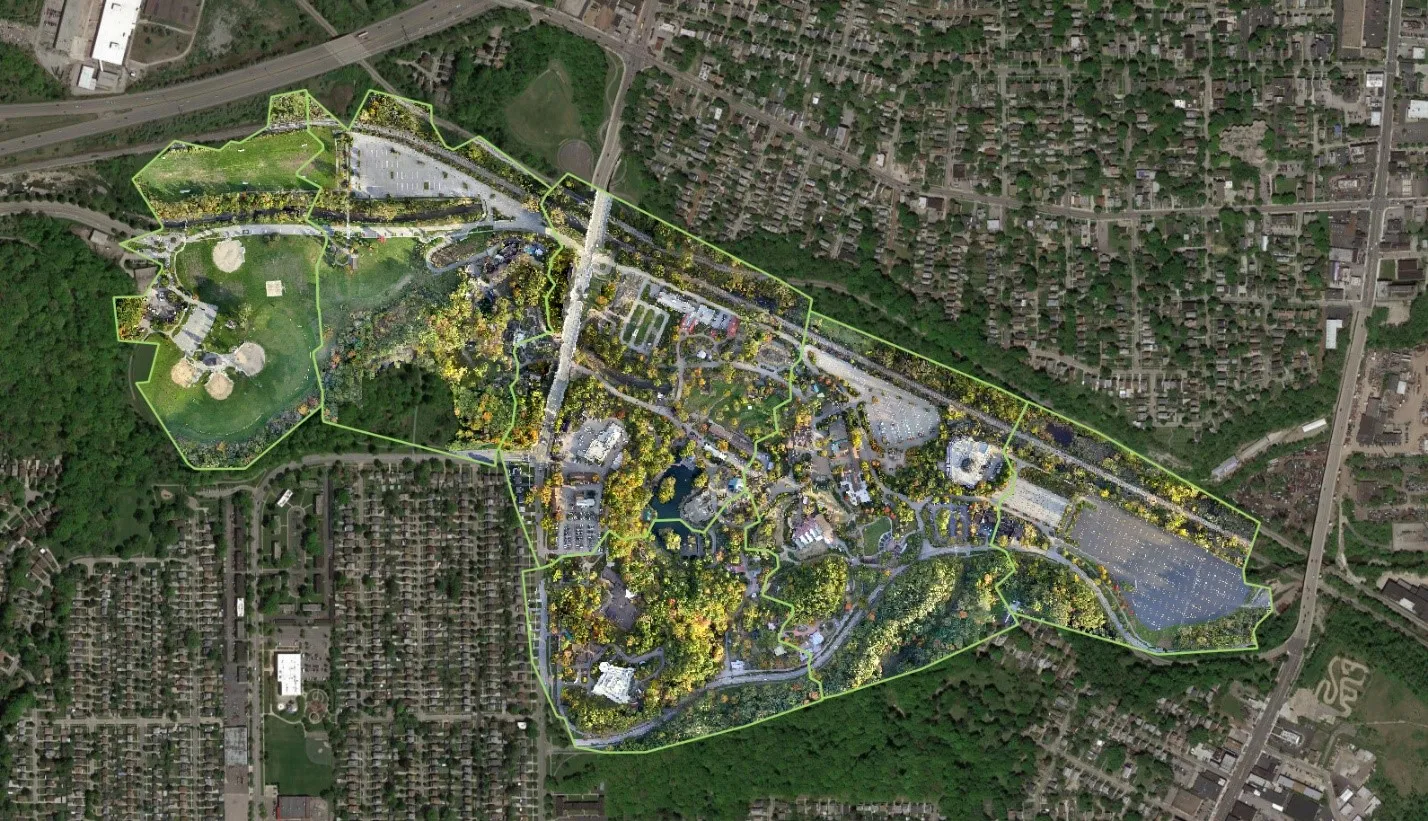Final Report: OpenAerialMap Diffusion


After deploying OpenAerialMap in mid-2015, the Humanitarian OpenStreetMap Team (HOT) began working with humanitarian response agencies to help incorporate the platform into their activities. To date, imagery has been contributed in Tanzania, Philippines, Nepal, Mongolia, Mexico and many other places across the world. Having such a global framework in place enables imagery to be contributed and sourced from a single location and means that responding organizations can save critical time locating imagery after a sudden onset disaster. Instead of waiting hours, days, or even weeks, value added activities (such as using the imagery to create base maps of affected areas, undertaking rapid damage assessments, and other analyses) can begin immediately; leading to more effective decision making during humanitarian crises.OpenAerialMap (OAM) is a set of open source tools and an online platform for searching, sharing, and accessing openly licensed satellite and drone imagery. OAM provides a simple, open way to host and access imagery for humanitarian response and disaster preparedness.The final project report provides information on the methodology, activities, outputs, impact and dissemination of learning.